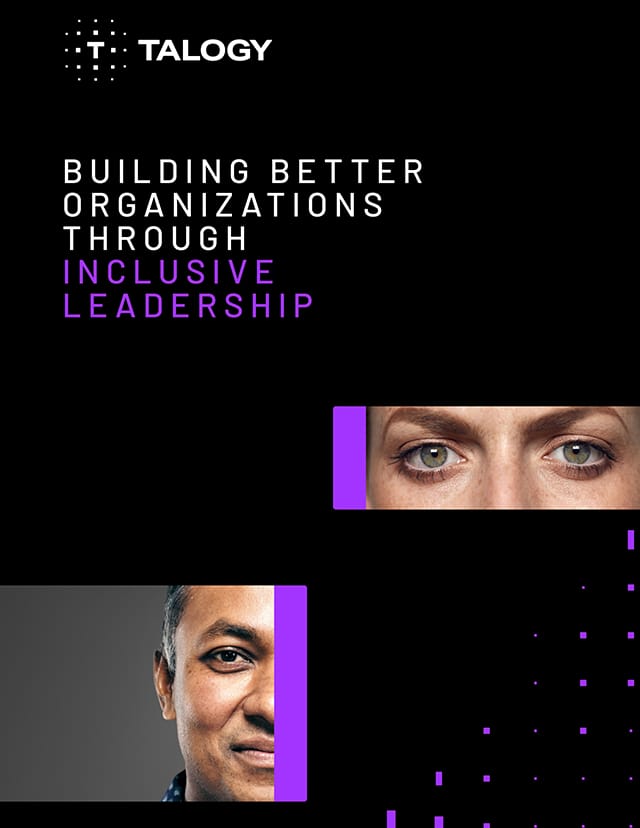Written by Ali Shalfrooshan, Head of International Assessment R&D
‘Microaggressions’ is now a commonly used term in the world of DEI. However, it is sometimes misunderstood or even mocked as the word ‘micro’ is typically used to describe something incredibly small. And while that is true, the term actually speaks to a more pervasive and malignant issue, which can trickle through organisational cultures unnoticed. What can be perceived as almost benign to some, can have a significant negative impact on others.
What are microaggressions?
The term microaggression was first coined in 1974 by Chester Pierce, a prominent Harvard-trained psychiatrist. The term was used to help describe covert and more ambiguous acts of prejudice, something that he believed was becoming more commonplace in society.
In recent years the term has had a significant growth in popularity. This probably reflects where we are in modern society, where overt racism is now seen as socially unacceptable. However, as many minorities can attest to, more subtle displays of prejudice still live on in both in culture and at work.
Microaggressions can be displayed physically using body language, verbally in how something is said or not said, and in action by what is done or not done. And they are typically displayed subconsciously. In fact, the insidious nature of microaggressions mean that a victim may be made to feel they are part of an outgroup, but can find it hard to even verbalise what exactly was done.
Some specific examples of microaggressions include:
- Talking over someone and not listening to what they have to say
- Persistently saying someone’s name incorrectly and not attempting to address it
- Sharing views that may reflect stereotypes
- Making assumptions about someone’s abilities based on stereotypes
What challenges do microaggressions create?
In my view despite the term being useful, the word ‘aggression’ may not reflect the intentions of the perpetuator and may also stop them from accepting that they have ever been responsible for doing it. The reality is we may have all been a perpetuator of a microaggression in some way, as the actual act is subtle and typically well-intentioned.
Read more: 6 core behaviours to help us embrace diversity
The challenge is that microaggressions are typically perpetuated in both a mundane and automatic manner, with the individual often completely unaware of how they have behaved and its impact. This makes it harder to see when it happens and how to address it. To compound the problem, individuals may also react negatively to the very term microaggression. Therefore, trying to address it requires nuance and a general shift in how we behave.
How to address microaggressions in the workplace
The good news is that the fundamentals of mitigating microaggressions at work just come down to being respectful of others and being willing to acknowledge how your actions can make others feel. To address this properly, more structural changes and action by leadership need to take place.
However, there are some critical behaviours that everyone in an organisation can adopt to help address this issue. The first and most fundamental step being acceptance and appreciation that this is a genuine issue that needs to be addressed. We need to become conscious and aware to then be able to tackle the issue. If leadership communicates and truly believes in this, the likelihood of success will only increase.
Below are three useful behaviours for all employees to practice:
- Develop empathy: If you understand someone’s point of view, you are more likely to become aware of what will and won’t affect someone negatively.
- Increase learning orientation: If you are willing to learn more about other people, you will be more likely to understand where they are coming from and what it is like to experience the world from their shoes.
- Be open-minded: Recognise that assumptions – despite being useful at times – can stop us from seeing the world more objectively. Being willing to not make too many assumptions can make a big difference.


